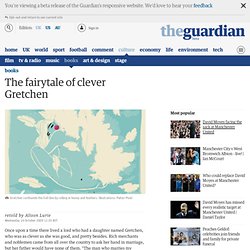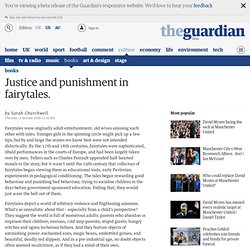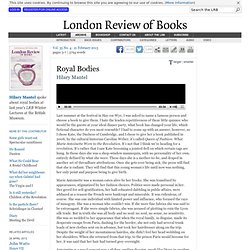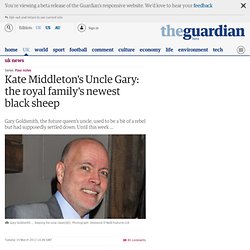

Post-Keynesian is not Necessarily Modern Monetary Theory (MMT) I am going to wade into the dark waters of MMT once again here, but only because this is a very important point.

I was discussing some things about the post-keynesian school online with Noah Smith and others and he pointed out that he conflated MMT for being the same thing as the post-keynesian school. Anyhow, I’ll keep this short and sweet, but MMT (Modern Monetary Theory) is not necessarily the same thing as Post-Keynesian. For those who don’t know, the post-keynesians base their thinking from the foundation of stylized fact and recognize the importance of the actual institutional structures that exist within a monetary system (that involves understanding the government institutions within the monetary system, the endogeneity of money within the banking system, etc).
PKers also understand that firms exist in this system primarily to generate a profit and that the pricing decision of goods and services is what determines the distribution of national income between wages and profits. Modern Monetary Theory Primer. Fairytales: Clever Gretchen. Once upon a time there lived a lord who had a daughter named Gretchen, who was as clever as she was good, and pretty besides.

Rich merchants and noblemen came from all over the country to ask her hand in marriage, but her father would have none of them. "The man who marries my daughter," said he, "must be the best huntsman in the world. " Now in the village nearby there was a poor widow's son called Hans, who got it into his head that he would like to marry Gretchen himself. "Alas, poor boy, that can never be," said his mother; for though Hans was a good-natured lad and she loved him dearly, he was a bit simple. "A man can but try," said Hans. Fairytales: Justice and Punishment. Fairytales were originally adult entertainment, old wives amusing each other with tales.

Younger girls in the spinning circle might pick up a few tips, but by and large the stories we know best were not intended didactically. By the 17th and 18th centuries, fairytales were sophisticated, ribald performances in the courts of Europe, and had been largely taken over by men. Tellers such as Charles Perrault appended half-hearted morals to the story, but it wasn't until the 19th century that collectors of fairytales began viewing them as educational tools, early Pavlovian experiments in pedagogical conditioning. The tales began rewarding good behaviour and punishing bad behaviour, trying to socialise children in the days before government-sponsored education. Martin Heidegger Quotes (Author of Being and Time) “Philosophy, then, is not a doctrine, not some simplistic scheme for orienting oneself in the world, certainly not an instrument or achievement of human Dasein.

Rather, it is this Dasein itself insofar as it comes to be, in freedom, from out of its own ground. Whoever, by stint of research, arrives at this self-understanding of philosophy is granted the basic experience of all philosophizing, namely that the more fully and originally research comes into its own, the more surely is it "nothing but" the transformation of the same few simple questions. But those who wish to transform must bear within themselves the power of a fidelity that knows how to preserve.
And one cannot feel this power growing within unless one is up in wonder. And no one can be caught up in wonder without travelling to the outermost limits of the possible. Terry Wallis. Terry Wallis (born 7 April 1964) is an American man living in the Ozark Mountains of Arkansas who on June 11, 2003, regained awareness after spending 19 years in a minimally conscious state.

Life[edit] Terry Wallis was born on April 7, 1964, in Arkansas to Angilee and Jerry Wallis. Six weeks before his accident, Wallis became a father when his wife Sandi (b. 1968) gave birth to his daughter Amber.[1] Accident[edit] Hilary Mantel · Royal Bodies · LRB 21 February 2013. Last summer at the festival in Hay-on-Wye, I was asked to name a famous person and choose a book to give them.

I hate the leaden repetitiveness of these little quizzes: who would be the guests at your ideal dinner party, what book has changed your life, which fictional character do you most resemble? I had to come up with an answer, however, so I chose Kate, the Duchess of Cambridge, and I chose to give her a book published in 2006, by the cultural historian Caroline Weber; it’s called Queen of Fashion: What Marie Antoinette Wore to the Revolution. It’s not that I think we’re heading for a revolution. It’s rather that I saw Kate becoming a jointed doll on which certain rags are hung. In those days she was a shop-window mannequin, with no personality of her own, entirely defined by what she wore. Kate Middleton's Uncle Gary: the royal family's newest black sheep. Age: 47.

Appearance: Un-regal. Full name: Gary Goldsmith. Motto: "It's Gary's world, you just live in it. " Occupation: Self-made IT-recruitment millionaire, but better known as the dodgy/maverick (delete according to taste) brother of Carole Middleton, and thus uncle of the saintly Kate. Ah, yes, wasn't there a spot of bother just before her wedding to William? It happens. How did it go? Has he been keeping his nose clean since? La Maison de Bang Bang?